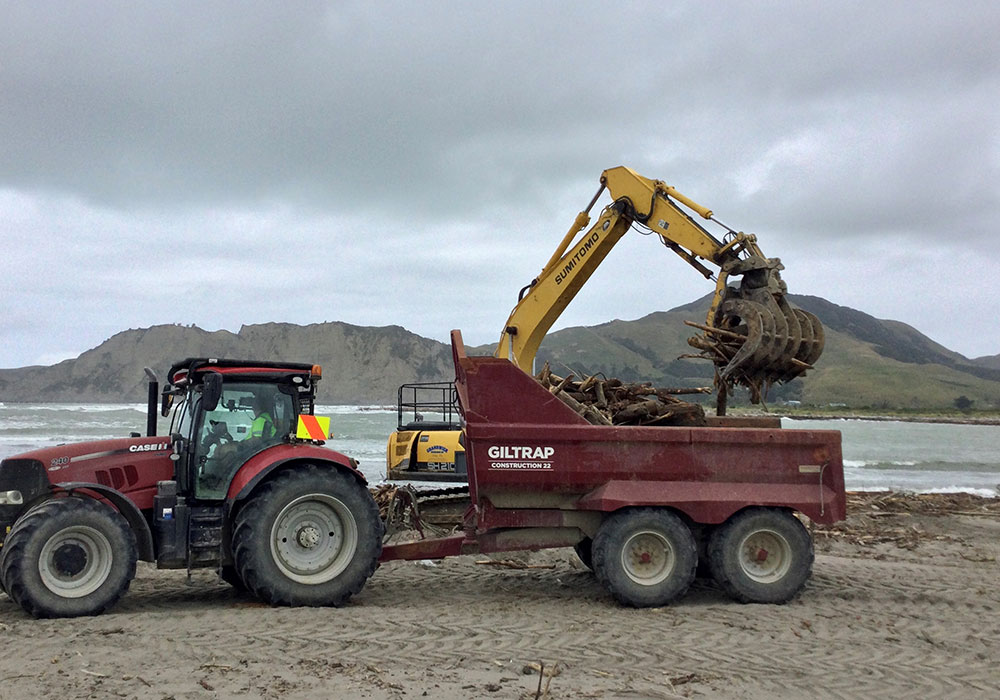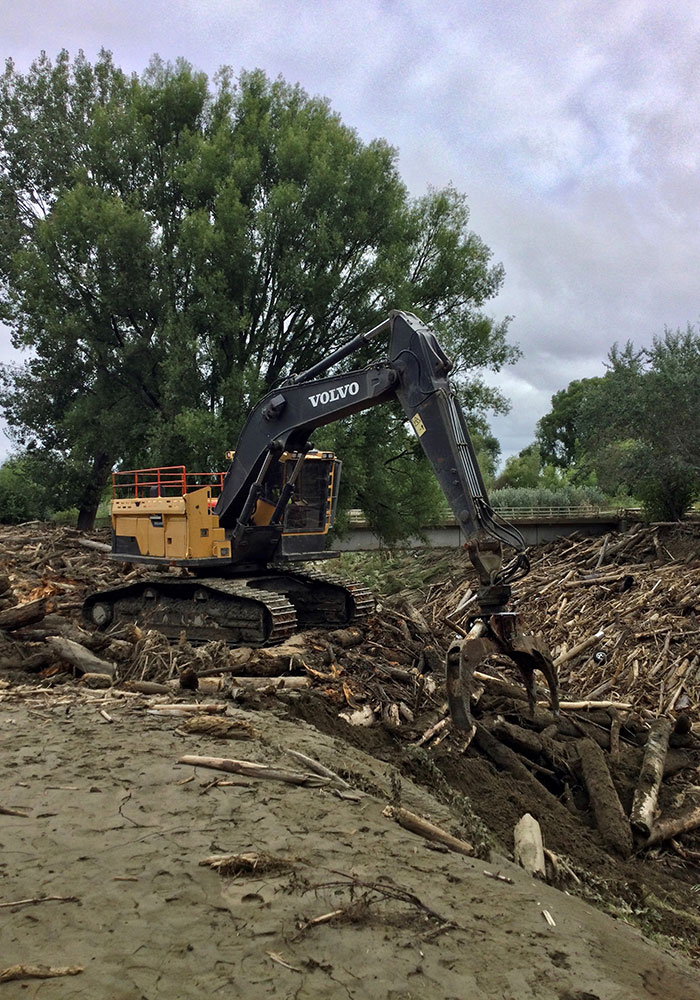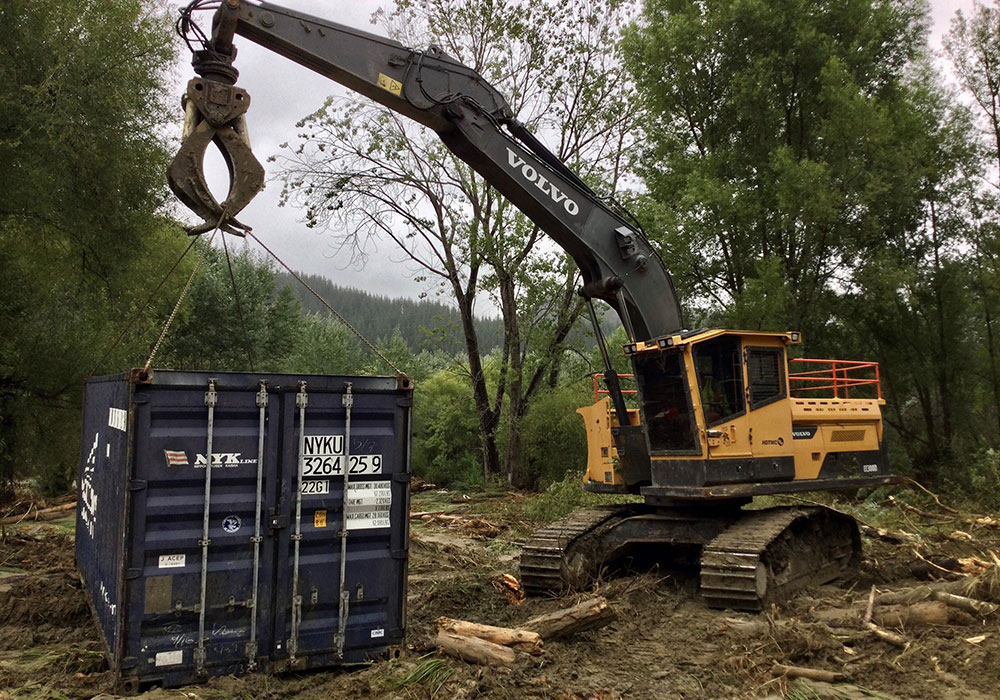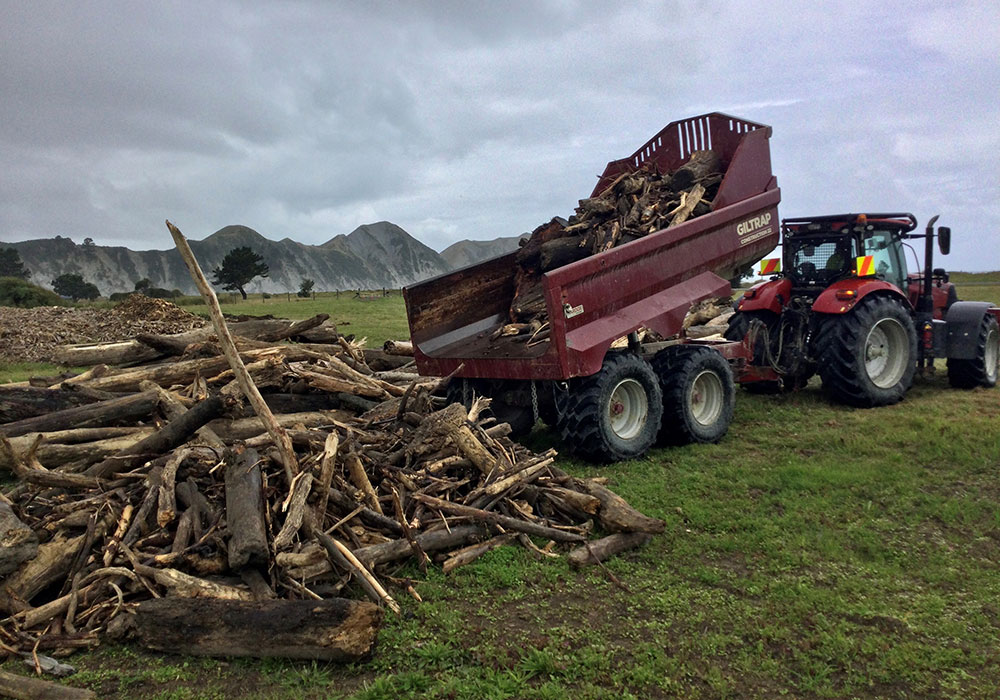Forestry sees merit in a review of Tairāwhiti resilience

Forestry sees merit in a review of Tairāwhiti resilience
20 JANUARY 2023
The forestry industry is in support of an independent review of the challenges faced by the East Coast following ex-tropical Cyclone Hale, believing it will be beneficial for the region in the future.
The weather event affected a significant part of the country earlier this month. However, like Cyclone Bola in 1988, it was once again the East Coast community who felt the brunt of the weather with roads and bridges damaged, and power taken out.
Speaking for the Eastland Wood Council, Chief Executive Philip Hope noted the combination of factors that makes Tairāwhiti so vulnerable.
“We are managing an area almost twice the size of Auckland with three percent of their population, whilst sitting on some of the worst eroding country in the world. It’s a big challenge for many including the Council, but we are committed to the Tairāwhiti community.”
The industry is proposing a review that takes a 20–50-year outlook and assesses what needs to happen to achieve an outcome that is realistic to ensure communities are supported.
Grant Dodson, President of the NZ Forest Owners Association, says that such a stocktake clearly needs to look at the role of forestry in the region, including new processing investment and bioenergy potential. To achieve a holistic picture, he says it must also consider other land uses and risk management decisions made by all parties.
Aratu Forests is one of the forest companies involved in assisting with the clean-up. Its Chief Executive Officer, Neil Woods, agrees that there is merit in a review.
“Forestry, farming and horticulture all need to be part of maintaining a sustainable community on the coast and that includes new processing investment. We are encouraged by some of the recent changes we have implemented. The systems have held up well, despite the intensity of this storm, but we know debris slash is still a problem. There is more we need to do to improve resilience for the benefit of our community – a science-based independent review can help us with that.”
The industry is working alongside Gisborne District Council to remove woody debris from Tolaga Bay. Operations to clear the Gisborne City beach will begin on Monday 23 January.
The industry has mobilised large amounts of equipment and manpower to assist with the clean-up of council roads, beaches and private property.
“These operations will no doubt attract spectators and we would really encourage the community to be careful if they’re nearby while operations are underway, even though access is being strictly controlled,” Mr Woods adds.
While the clean-up continues, the industry is reflecting on past reviews and the impact they have had. For example, previous reviews prompted a decision from the government to plant trees under the East Coast Forestry Scheme to stop the unsustainable erosion that trying to farm some of the country resulted in.
Mr Dodson says that decision wasn’t wrong: “Planting trees was a good decision that prevented a much worse outcome. Today, however, we know that with the weather, we are going to have some land that is unstable and the best solution there is permanent native cover.”
Learnings and change have always come out of previous reviews, and the industry expects this should be no different.
Mr Hope says the industry has reached out to other stakeholders, including Gisborne District Council and Iwi, about the proposal to work together on a collective review.
“What we don’t need is a top-down solution determined by those outside the region. Government has a role to play here, but we would like the Tairāwhiti community to be involved too as any decisions have the greatest impact on them.”





Latest News